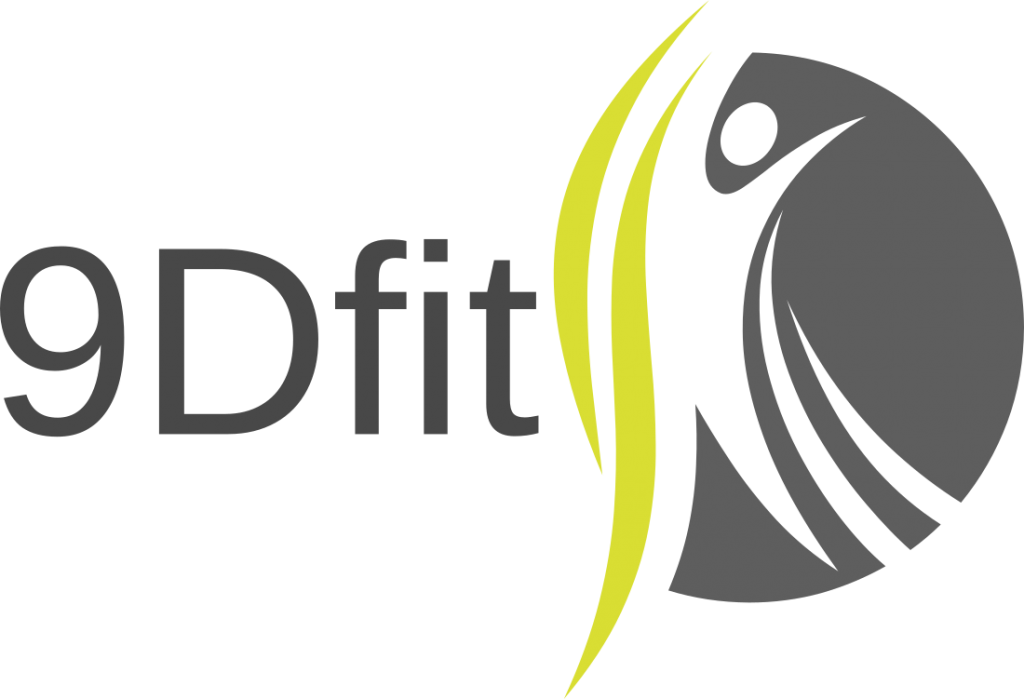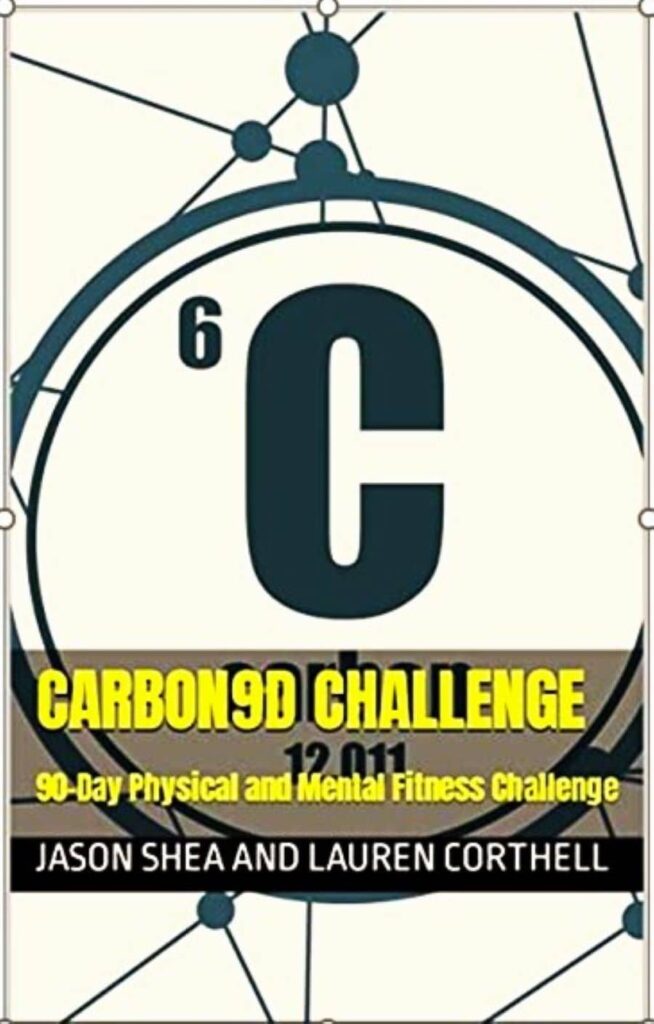In part one of the the Workouts For Working People series we discussed how difficult it can be to find the time to workout for busy professionals. We attempted to answer the questions:
- How do I work out with a busy schedule?
- When is the best time of day to workout for the busy parent or professional?
- Is it OK to exercise after work?
- Is it OK to workout before work?
- Or, for those with minimal time before or after work, how can I exercise while working?
In part 1 we provided examples of some of the best workout routines for a busy schedule. We gave tips and ideas on how to make time for exercise with a busy schedule. We gave a few example of home workout templates.
We learned that recovery, stress burden, sleep quality, training volume, training experience, workout, nutrition, adherence, and more, all play a role in a workout’s effectiveness. There are no cookie cutter best workout templates that work for every trainee at all times.
Figuring out how to fit exercise into a busy schedule and following a “flexible” daily exercise plan (stay tuned for more on this in future posts) can pay huge dividends for your health in the long run.
The importance of Improving Posture
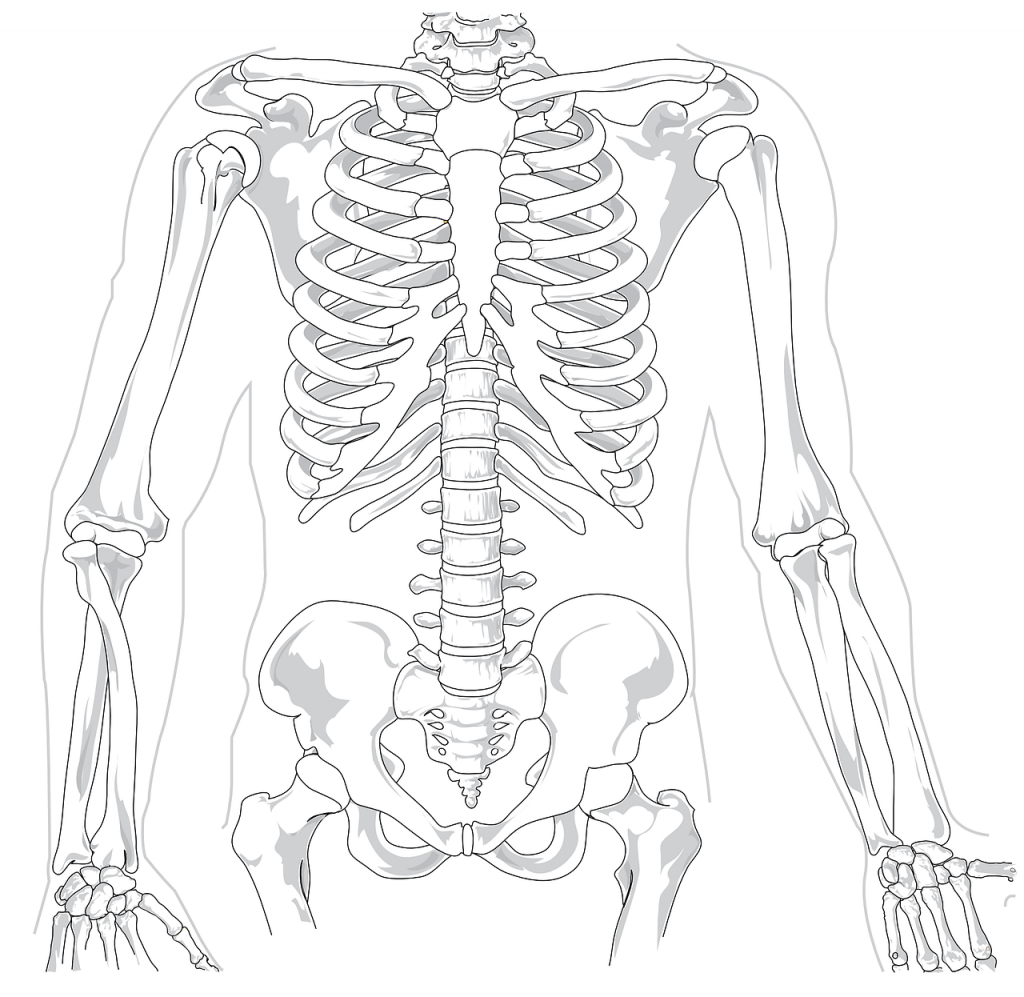
Sitting down at a desk all day can lead to a lengthening of the postural muscles that keep us upright. It is almost as if gravity is pulling us into the shape of a C. Our hip flexors become tight, hamstrings become shortened, neck and shoulder muscles in the front start to pull us forward, while the muscles the mid and lower back lengthen. All of which can lead to pain and an increased risk of injury.
This is where postural correction training comes in. The following are 3 of the most effective specific postural correction methods:
1. The Egoscue Method
- Named after Pete Egoscue, a Purple Heart Vietnam vet, who came back from the war with chronic nerve pain. Determined to figure out what was causing it and eventually fix it, he realized his body was out of balance. From there, the Egoscue Method was born. These exercises were specifically created to correct the problems, not just put a band-aid on to mask the pain.
With exercises like Supine Foot Circles, Frog Pullovers, Kneeling Wall Clock, and about 200-300 more, there is an exercise menu for many of the common musculoskeletal ailments of today.
Egoscue has written several books including Pain Free at your PC, Health Through Motion, and Pain Free all of which are recommended reading. For more on the Egoscue Method check out their site here.

On a side note, almost 15 years ago I attended their weeklong Postural Alignment Specialist certification course. Not only was it an incredibly eye opening experience, learning about the fascial connections and specific nuances of each exercise, but my body never felt better after a week of Egoscue workouts.
3 Examples of Egoscue exercises you can do at your desk to help posture and alleviate low back tension:
- Standing Arm Circles: Stand with your arms straight down by your sides, feet hip width apart, toes pointing straight ahead and feet flat on the floor with weight distributed throughout. Slightly tighten your glutes and quads. Begin by pinching our shoulder blades back, then down. Next, make a semi-golfer’s grip (curl/flex your minor/2nd and 3rd knuckles of your fingers) in your hands with your thumbs pointing forward. With locked arms, slowly raise your arms out to your sides, keeping your shoulder blades pinched down and back and glutes/quads tight. With your palms facing the floor, begin making small counterclockwise circles with your arms while keeping your shoulders down and back. After you finish 40 reps, rotate your arms so that palms are up and thumbs pointing back. Now perform 40 clockwise circles.
- Standing Elbow Curls: Place your feet in the same position as the Standing Arm Circles, with glutes and quads tight. Place your 2nd and 3rd knuckles against your temples with thumbs down. Your elbows should be pointing out to your sides. Holding your torso vertical, with glutes and quads tight, bring your elbows together in front while keeping your knuckles in contact with your temples. Try to keep your triceps/biceps parallel to the floor throughout. Once your elbows touch, shrug your shoulders down, and pull your elbows apart until you are back to the start position. Aim for 20 reps.
- Counter Stretch: This is a good exercise to release tension in your back. Stand about 2-3 feet away, facing your desk. Position your feet hip width apart and toes pointing straight ahead. Lean over and extend your arms straight out over your head on the desk with your hands and wrists on the desk. Your body should be roughly parallel to the ground and your legs should be straight. Keeping your arms and legs straight, think about bringing your hips and but back. This is to create a slight arch. Hold this position for up to 60s.
2. ELDOA
- ELDOA is the brainchild of world renowned osteopath Guy Voyer. It stands for Longitudinal Osteo-Articular Decoaptation Stretching. ELDOA exercises target specific joints, trying to create space for proper blood flow, movement, and posture. For example, if you have disc compression at T6-T7, there is an ELDOA technique that specifically targets that. If you have one at L5-S1, there is one for that.
By utilizing specific myofascial stretching techniques, ELDOA focuses on stretching the sleeve that surrounds the muscle to create balance throughout your entire network of fascial chains. As you lengthen the fascia and create space in the joints, you will start to feel improvements in posture, movement, and range of motion.
So powerful are the ELDOA techniques, that they have been used to help people with bulged discs, scoliosis, joint inflammation, forward head posture, delayed disc degeneration, neck, and shoulder tension, and more.
ELDOA is great for office workers, athletes, and anybody looking to improve health and performance. One group of athletes, in particular, has found it to be especially useful. So useful in fact, that quite possibly the biggest equipment name in the sport teaches courses on this out of their performance institute. Any guesses?
That sport is golf.

Unless you can find an ELDOA practitioner near you, or have the time and funds (Level I and II combined runs about $1500), TPI has put together a great online course introducing proper ELDOA technique and tailored it toward golfers, offering solutions to correct specific muscular and swing imbalances.
Quick Tip: ELDOA Hip Flexor Stretch ELDOA Myofascial Hip flexor stretch for tight hips: This ELDOA myofascial stretch for the hip flexors is an effective tool to combat the shortening that can occur with sedentary office work. Check out the video below:
ELDOA Exercises to Increase Flexibility, Improve Posture & Relieve Pain (Video 2 of 9) – YouTube
From the TPI course overview page “This class is not an ELDOA Certification course but serves as an introduction to ELDOA by focusing on the ELDOA exercises that are most beneficial to golfers. The exercises and routines outlined in ELDOA FOR GOLF are the perfect complement to existing strength, mobility, or rehabilitation routines. Unlike traditional stretching or myofascial release programs, ELDOA FOR GOLF targets the body’s fascia and increases the space between specific joints of the spine resulting in a wide range of physiological benefits.”
The Course includes videos and written descriptions of:
- Detailed Step by Step ELDOA Instruction
- Specific Warmup Mobility Exercises
- Myofascial Stretches
- ELDOA Upper-Body Workouts
- ELDOA Lower-Body Workout
And quite possibly the best part of the course:
The Big 12 For ELDOA For Golf
This is where the Co-founders of the Titleist Performance Institute go over the Big 12 swing characteristics and recommend which of the ELDOA for GOLF exercises and full-body workouts can be used to correct the imbalances and improve swing mechanics.
If you are a golfer (or fitness enthusiast) I highly recommend this course. At $169.00, the course is worth the investment.
3. PosturePro
Created by internationally recognized Posturologist and therapist, Annette Verpillot, Posturepro focuses on Postural Recalibration to improve strength and performance, decrease pain, and restore musculoskeletal health.
Her method targets the feedback signals to the brain and how the brain, based off these input signals, communicates back to the body.
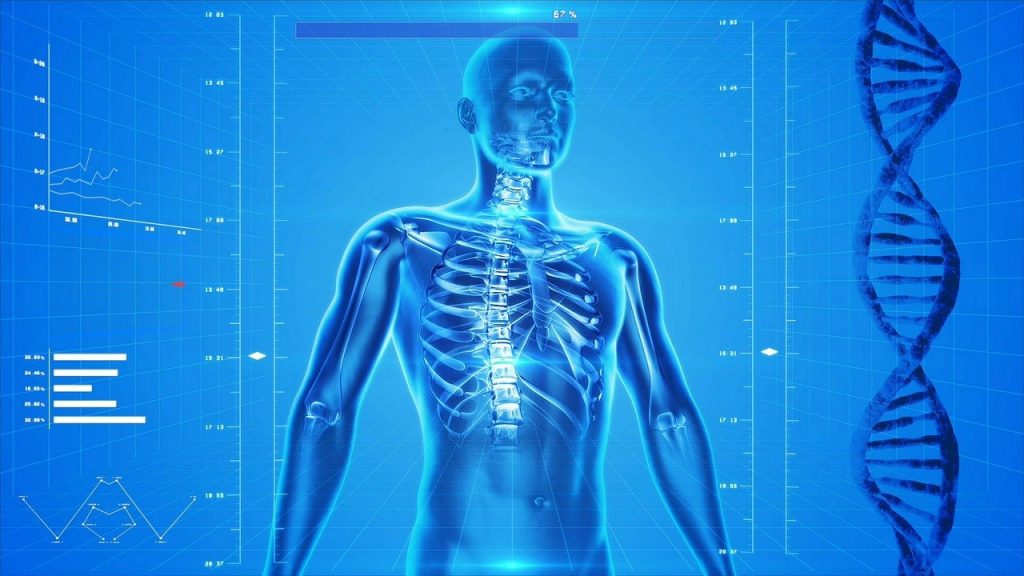
Your brain receives information about your surroundings from sensors including the ones in the feet and eyes. The brain instantaneously processes this information and communicates with the rest of the body how to respond. Think in terms of posture, muscle control, movement etc. When that input signal becomes weak, the communication can be altered.
PosturePro’s Postural Recalibration targets those sensors in the eyes, feet, and jaw, with the goal of restoring the signals between brain and body.
Take for example walking on soft sand at the beach. The sensors in your feet send signals to your brain about texture and terrain, allowing for postural and gait adjustments. Uneven weight distribution can lead to knee, hip, and low back structural imbalances. Studies have shown that the receptors in the feet play a role in postural dynamics.
Your eyes continually communicate with your brain about your surroundings. They are constantly providing feedback about your posture and where you are in space. Try closing your eyes and standing still with no sway for 30 seconds. Now try that on one leg. Studies have found that eye exercises can improve posture.
The last is the alignment of the jaws and teeth. There is a lot of research linking the jaw pain in other regions of the body including hips and low back (1).
On the PosturePro site, there is a link to a great 2015 study that demonstrates this relationship. In the study, the researchers used cotton rolls to test if dental occlusion impacted balance on unstable surfaces. They found that the different factors of occlusion (angles, crossbite, deviation, etc.) significantly impacted balance on those surfaces (3).
For more on Annette Verpillot and PosturePro, check out the PosturePro website at https://posturepro.co/
If you want to see just how quick and effective her methods are, check out her Ted Talk she did in Montreal. She invites an attendee up on stage and demonstrates how her eye recalibration technique restores posture near-instantaneously. Here is the link: Posture: the Key to Good Health | Annette Verpillot | TEDxMontrealWomen
With each taking a slightly different approach, all three of these are highly effective methods for postural restoration and pain management. I would recommend learning about each, starting with Annette Verpillot’s Ted Talk, then working your way up through Pete Egoscue’s books and on to ELDOA. If you are dealing with sedentary lifestyle postural issues or pain, you may want to find a practitioner of these in your area.
Before we forget…… let’s talk about Windshield Time
Before we move on, let’s talk about jobs that require lots of driving and windshield time.
If you spend a lot of time on the road traveling from client to client, you may have noticed over time that your back begins to hurt a little more, your hip flexors and hamstrings feel a little tighter, and the back of your neck may feel more tense. You also may find yourself needing to adjust your posture more often or the angle of your backrest to accommodate.
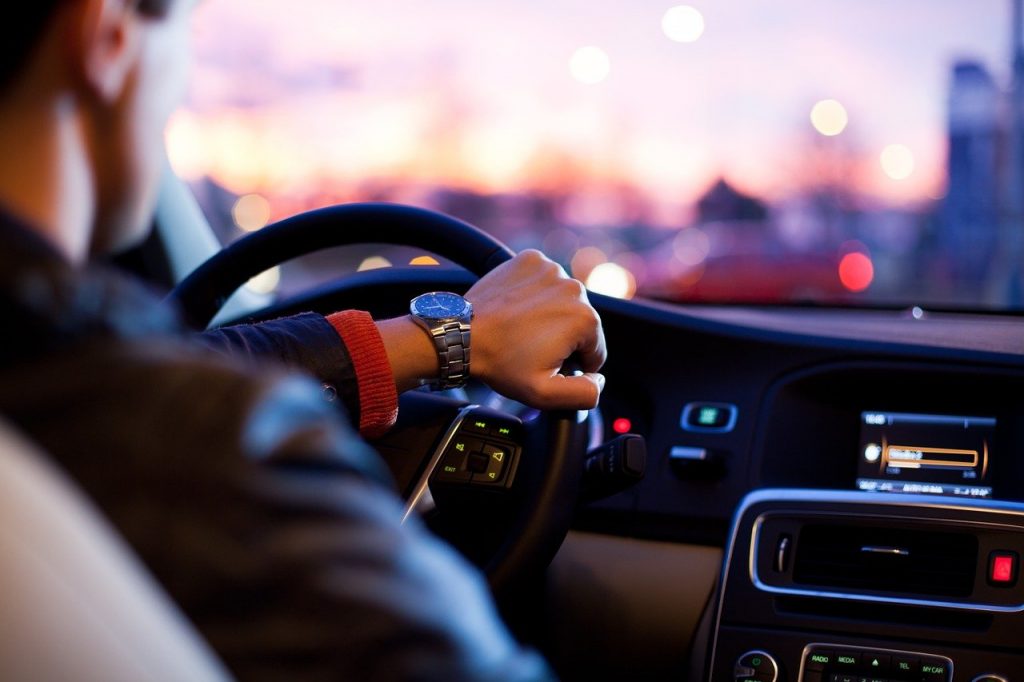
These are all common issues for those that spend most of their day behind the wheel.
Think about driving for a moment. First off, we are seated with one or two arms converging in front of us to control the wheel. Second, we always need to be hypervigilant and alert to ensure our safety and the safety of those around us. Third, we are on a time schedule, oftentimes dealing with disruptions that are out of our control, including accidents and traffic. Lastly, we are in a vehicle that most likely creates constant vibration.
Did you know that research from as early as the 1970s’ found that prolonged periods of sitting led to an increase in intradiscal pressure (6)? On top of that, research has shown that sitting for long periods of time can also alter the flow of fluid to the intervertebral discs (5).
To further exacerbate this, is the vibration associated with long bouts of driving. A 2007 study from the European Spine Journal found factors including sitting in awkward postures, duration in these posture without adjustment, and whole body vibration were all associated with increased low back pain (4).
Quick Hack: Vibrational Foam Roll Bottom of Feet
The bottom of the feet are major reflexology locations on the body. With points for stomach, eyes, bladder pancreas, adrenals, neck, shoulders, brain and head, thyroid, spine, and more, it is easy to see why a foot massage is so effective. Try putting your shoeless feet on a Hyperice vibrational foam roller for 10 minutes while seated during the day. Here are a few tips:
- Left foot relates to left side of the body and right foot the right side of the body.
- Top of the toes for brain and head, with second and third toe relating to eyes, while other toes for teeth and sinuses.
- Neck at the base of the toes (except for big toe)
- Small circles on your big toe for headaches
- Lung and diaphragm (and heart on left foot) on inside/just below ball of foot.
- Shoulder and arm just outside/directly below pinky toe.
For more on this, check out some foot reflexology charts.
In 1998, a research team out of Loughborough University analyzed several characteristics of driving police officers that could potentially lead to low back pain. The study found that roughly 38% of those officers who spent most of their shift driving had back pain (2).
The study also found that excessive wear and tear of the seat, poor vehicle suspension, and driving under duress, all increase the potential for low back pain (2).
As we cannot just “stop driving”, what are some things we can do to mitigate the pain and posture issues? Aside from buying a high end Tesla as they do not vibrate much, here are a few practical tips for windshield warriors:
- Adjust your rearview mirror to proper posture: I learned this one from Chris and Anne Frederick of Stretch to Win. They recommended sitting in your car while parked. Sit with good upright posture thinking about the crown of your head reaching for the roof of your car. Now adjust the rearview mirror so you can see everything behind you. Next adjust your back rest accordingly. You will find that as you get tired and slump your posture, you will be unable to see out of your rearview mirror. This will serve as a reminder to adjust your posture.
- Readjust your seated posture every 15-20 minutes
- Readjust your hand positioning every 15-20 minutes
- Isometrically contract your glutes, hamstrings, and quads: I learned this one from Romanian weightlifting coach Istvan Javorek. He used to have his athletes do this on the bus on their way to meets around Europe. He also had them sit on phone books, directly under the glutes, to avoid circulation restriction to the hamstrings.
- Stop and get out the car every 1-2 hours: Get out, walk around, breathe in some fresh air, do some dynamic stretches, body squats, and/or light jump squats. This will wake your body up, increase blood flow, lubricate your joints, and more.
- Use handgrip tools
- Try box breathing to decrease stress while driving
- Stay hydrated
- Eat dopamine and acetylcholine (drive and focus neurotransmitters) stimulating foods before and during your drive. These include high omega-3 fatty acid fish, nuts, avocados, blueberries, grass fed meats, and eggs.
- Drink a coffee with protein, MCT oil and NO SUGAR: If you are struggling to stay alert and awake while driving, the combination of the three can improve alertness, energy, brain function, and more.
Now that we have discussed the problems of a sedentary work environment, the benefits of different workout times, at work and on the road strategies, stay tuned for parts 3 and 4 of this series where we cover nutrition hacks, gut health, sleep, supplements and more.
References
- Bonato L, et al. Association between temporomandibular disorders and pain in other regions of the body. Journal of Oral Rehabilitation. 44(1); Pp 9-15. 2017.
- Gyi D, Porter J. Musculoskeletal problems and driving in police officers. Occupational Medicine. 48(3); Pp 153-160. 1998.
- Julia-Sanchez S, et al. Dental Occlusion Influences the Standing Balance on an Unstable Platform. Motor Control. 19(4); Pp 341-354. 2015.
- Lis A, et al. Association between sitting and occupational LBP. European Spine Journal. 16(2); Pp 283-298. 2007.
- Marras W, et al. Biomechanical risk factors for occupationally related low back disorders. Ergonomics. 38(2); Pp 377-410. 1995.
- Nachemson A, Elfstrom G. Intravital dynamic pressure measurements in lumbar discs. A study of common movements, maneuvers, and exercises. Scandinavian Journal of Rehabilitation Medicine Supplement. 1;Pp 1040. 1970.
